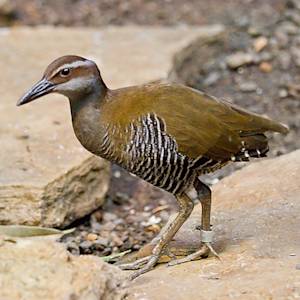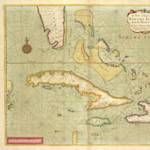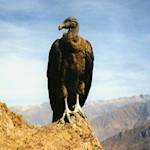Flightless Cormorant
Extinct circa 1850 CE • Komandorski Islands
"In his 1936 biography of Steller, Leonhard Stejneger described the bird:The flightless spectacled cormorant is another of Steller's sensational discoveries - sensational not only because its wings were too small to carry its gigantic body, but chiefly because - like the sea cow - it is known only from Bering Island and was exterminated by ruthless hunting. Steller, the only naturalist to see the bird alive, and his comrades were able to vary their fresh meat diet of sea-otter and seal with roasts of this stupid bird, which was as large as a goose, weighing 12 to 14 pounds, 'so that one single bird was sufficient for three starving men.' Ordinarily cormorants are not considered particularly savory eating, but Steller avers that when properly prepared according to the method employed by the Kamtchadals, namely by burying it encased - feathers and all - in a big lump of clay and baking it in a heated pit, it was a palatable and juicy morsel."
Sourced from Ellis, Richard. The Empty Ocean: Plundering the World's Marine Life. Washington, DC: Island/Shearwater, 2003.
The Spectacled Cormorant, John Gerrard Keulemans, "Extinct Birds" by Lionel Walter Rothschild, 1907.
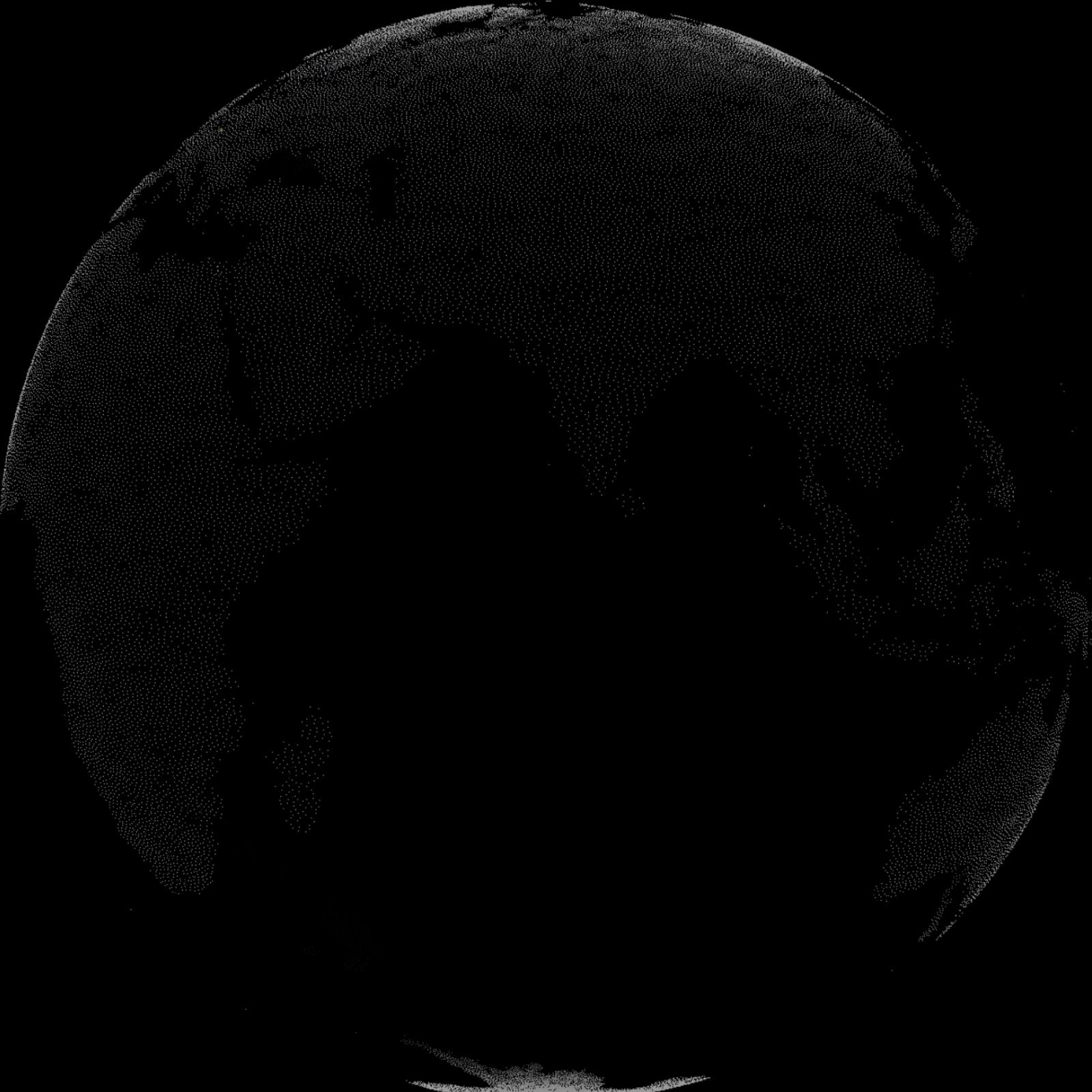

Learn about Maya Lin’s fifth and final memorial: a multi-platform science based artwork that presents an ecological history of our world - past, present, and future.
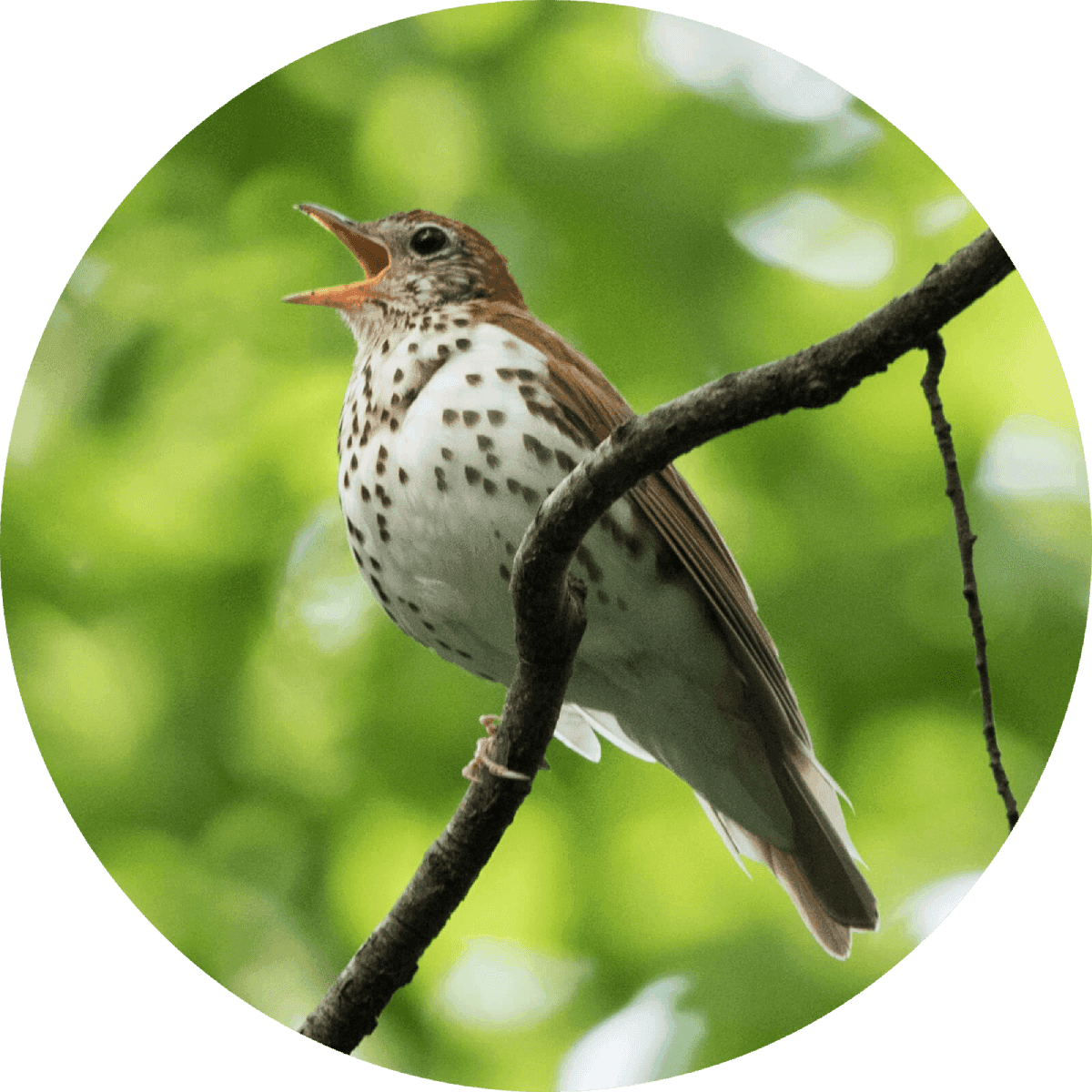
Discover ecological histories and stories of former abundance, loss, and recovery on the map of memory.
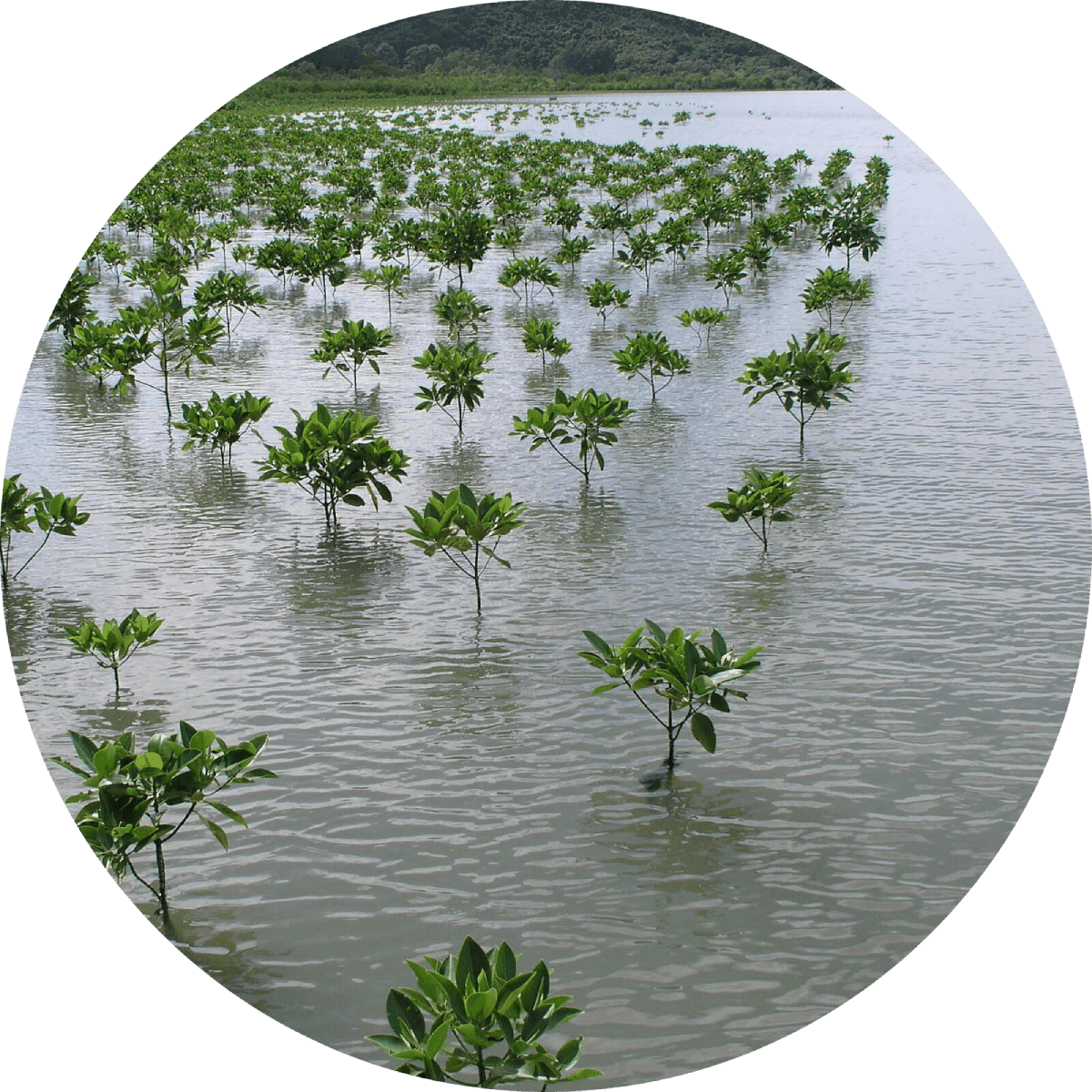
Learn how we can reduce our emissions and protect and restore species and habitats – around the world.

See how art can help us rethink the problems we face, and give us hope that each one of us can make a difference.
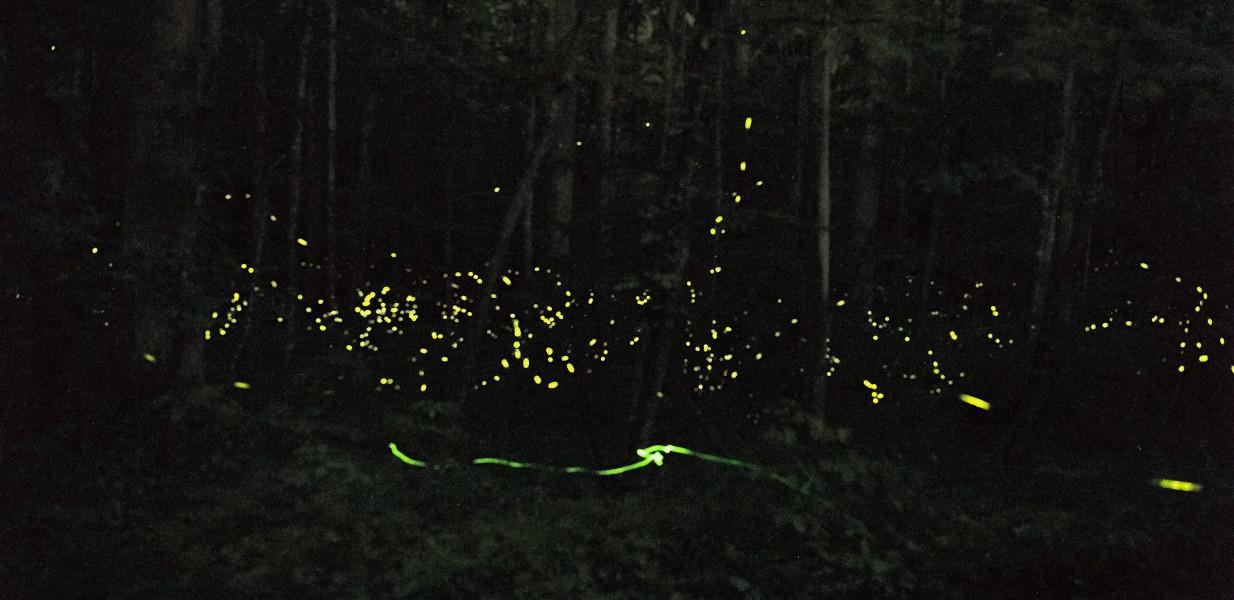
Help make a global memorial something personal and close to home. Share your stories of the natural world.
